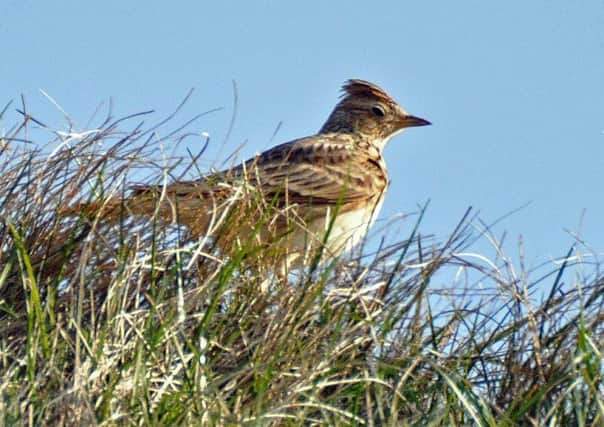Big Farmland Bird Count a great success


A total of 112 species and 22 Red List species were counted across the UK. Fieldfare, starling, house sparrow, song thrush and yellowhammer were all counted in the top 25 and appear in the Red List species - great news!
The most abundant of these, fieldfares and starlings, were seen on over 40% of the farms taking part. For the third year, the top four most abundant species were woodpigeon, starling, rook and fieldfare with chaffinch coming in fifth.
Advertisement
Hide AdAdvertisement
Hide AdJim Egan, head of development at the GWCT said: “I am delighted that so many birds have been recorded in our fourth Big Farmland Bird Count. This is an opportunity for farmers to see the results of all their hard work. Of the 112 species recorded, 22 were Red Listed - the highest conservation priority species, which need urgent action. To help these species, there are several options for famers in terms of management. Three Red Listed species that I would draw attention to are tree sparrows, yellowhammer and skylark.
“For the first time, those taking part in the count have been able to submit their results online and it’s made a huge difference to us in terms of accuracy and analysing the data. In addition to this the new system allowed farmers to access information sheets about things they can do on farm to help the bird species they recorded, we have made these available through our website, just visit www.gwct.org.uk/bfbc.”
The fifth GWCT Big Farmland Bird Count will take place from February 9-17, 2018, with bird identification training days across the UK during January and February 2018.